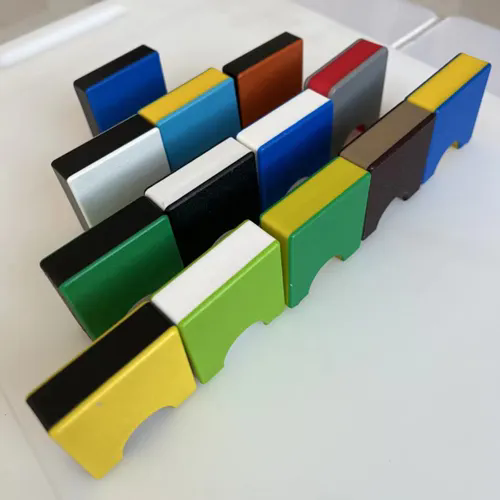Plastic Boards: Versatile Solutions for Modern Applications
2024-12-05
Plastic boards have become indispensable across various industries, offering a blend of durability, flexibility, and cost-effectiveness. From construction to crafting, these versatile materials serve as reliable solutions for a wide array of needs. In this blog, we explore the types, uses, and benefits of plastic boards, as well as tips for choosing the right one for your project.
What Are Plastic Boards?
Plastic boards are flat, rigid sheets made from different types of polymers. They come in various sizes, thicknesses, and finishes, tailored to suit diverse applications. Their lightweight yet sturdy nature makes them a popular alternative to materials like wood, metal, or glass.
Types of Plastic Boards
1. Acrylic Boards
Renowned for their clarity and strength, acrylic boards are often used as glass substitutes. They are resistant to UV rays and weathering, making them suitable for indoor and outdoor applications.
2. PVC Foam Boards
Lightweight and easy to cut, PVC foam boards are commonly used in signage, displays, and interior design projects.
3. Polycarbonate Boards
These boards are impact-resistant and virtually unbreakable, making them ideal for protective barriers, roofing, and industrial uses.
4. Polypropylene Boards
Known for their chemical resistance and flexibility, polypropylene boards are widely used in packaging, storage solutions, and DIY projects.
5. High-Density Polyethylene (HDPE) Boards
HDPE boards are durable, water-resistant, and often used in outdoor furniture, playground equipment, and marine applications.
Applications of Plastic Boards
1. Construction and Architecture
Plastic boards are used for cladding, partitions, and decorative panels due to their strength, weather resistance, and ease of maintenance.
2. Signage and Displays
Their smooth surface and printability make them ideal for creating vibrant signs, advertisements, and exhibition displays.
3. Industrial Uses
In industrial settings, plastic boards serve as machine guards, protective barriers, and chemical-resistant liners.
4. Arts and Crafts
Artists and hobbyists use plastic boards for models, sculptures, and custom DIY projects due to their ease of cutting and shaping.
5. Packaging Solutions
Durable and lightweight, plastic boards are commonly used to create reusable packaging and storage solutions.
Benefits of Plastic Boards
1. Durability
Plastic boards are resistant to moisture, corrosion, and impact, ensuring long-lasting performance.
2. Lightweight
Compared to traditional materials, plastic boards are lightweight and easy to handle, reducing labor and transportation costs.
3. Versatility
Available in a wide range of materials and finishes, plastic boards can be tailored to meet specific requirements.
4. Cost-Effectiveness
Affordable and low-maintenance, plastic boards offer excellent value for both personal and commercial projects.
5. Eco-Friendly Options
Many plastic boards are recyclable, contributing to sustainable practices in various industries.
How to Choose the Right Plastic Board
1. Understand Your Needs
Determine the specific requirements of your project, such as load-bearing capacity, weather resistance, or printability.
2. Select the Appropriate Material
Different polymers offer unique properties. For instance, choose acrylic for clarity or HDPE for water resistance.
3. Consider Thickness and Size
Ensure the board’s dimensions match your project’s demands for optimal functionality.
4. Check Environmental Suitability
For outdoor applications, opt for UV-resistant and weatherproof materials.
5. Budget Wisely
Balance cost with quality to select a board that meets your requirements without overspending.
Conclusion
Plastic boards are a versatile, durable, and cost-effective material suited for countless applications. Whether you’re a builder, artist, or industrial professional, there’s a plastic board that meets your needs. By understanding their types and benefits, you can make informed decisions and leverage this incredible material to enhance your projects.



